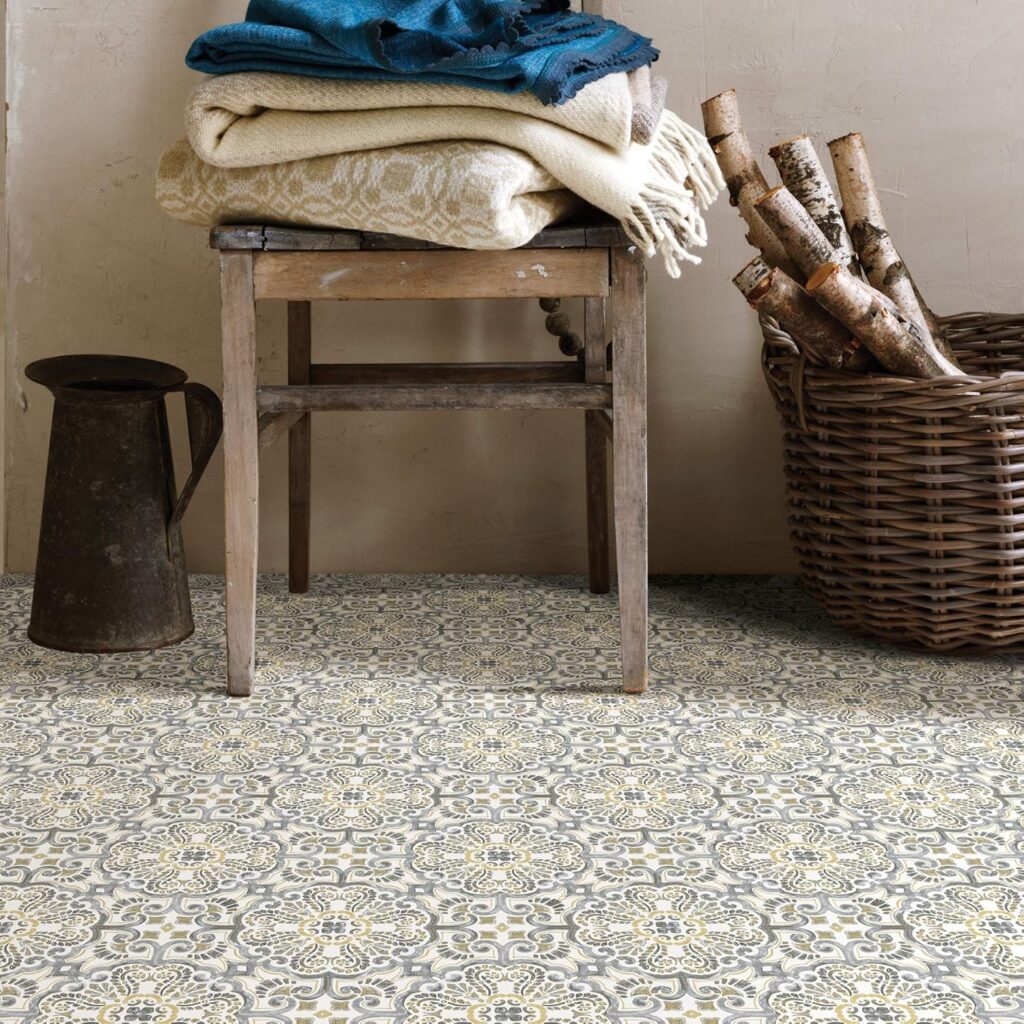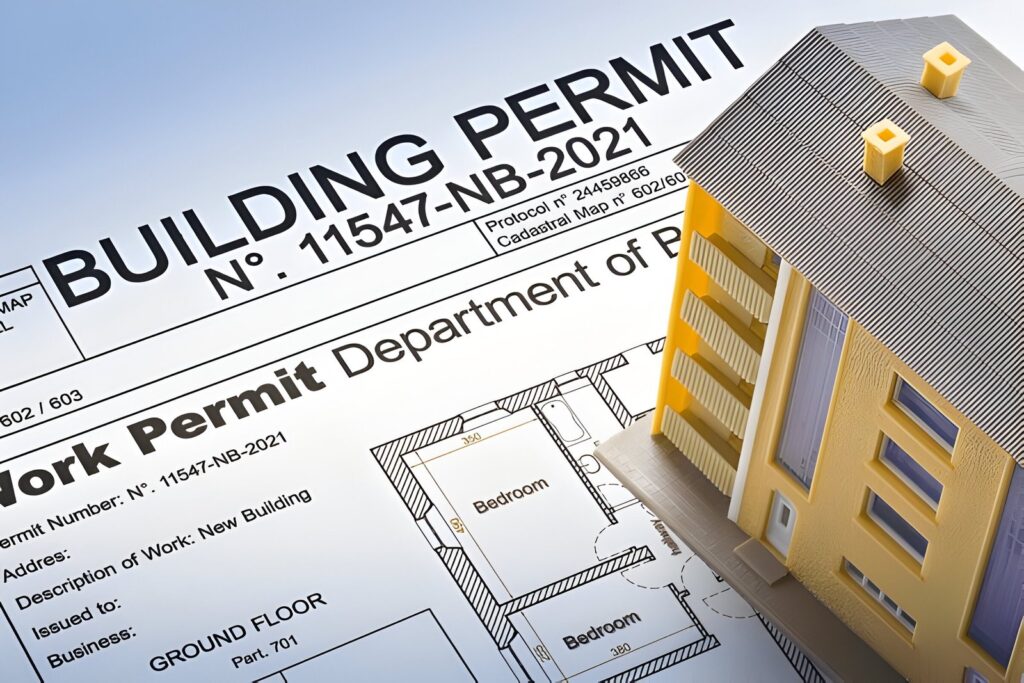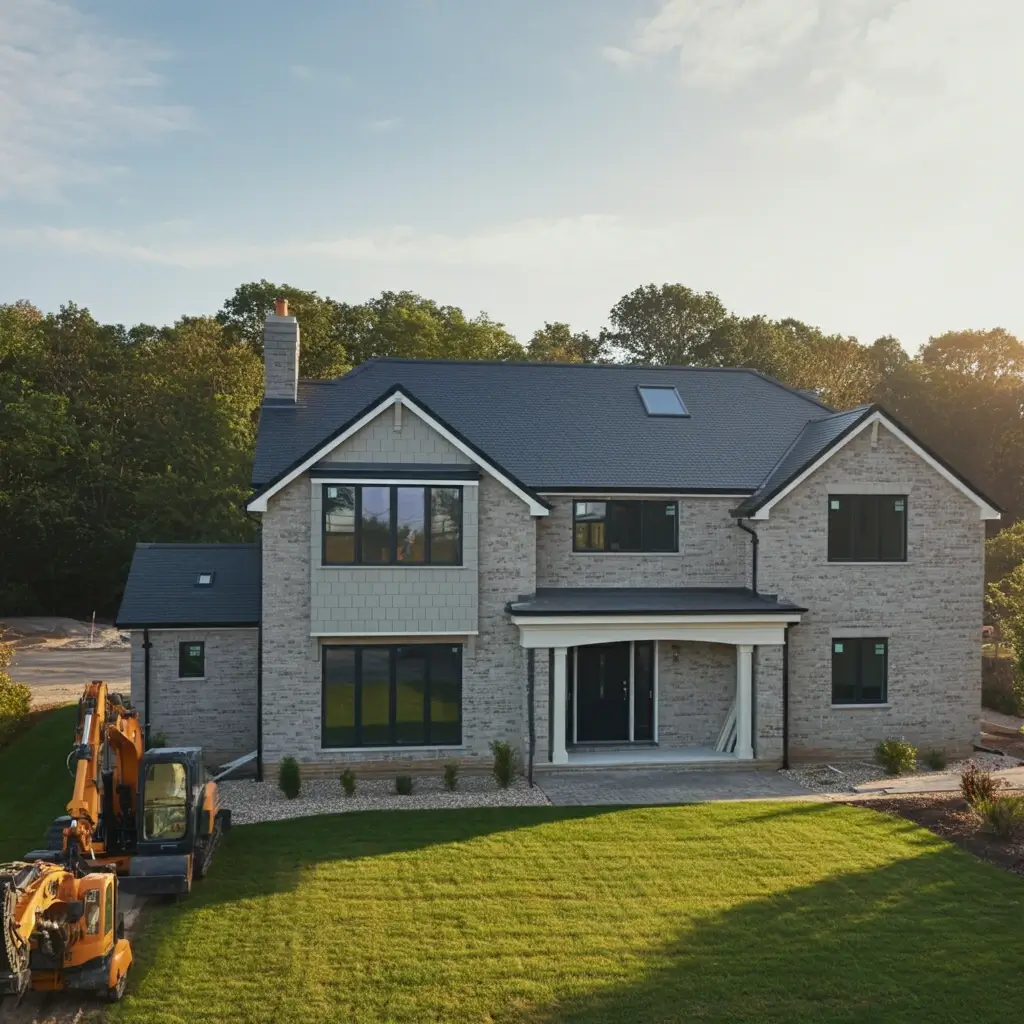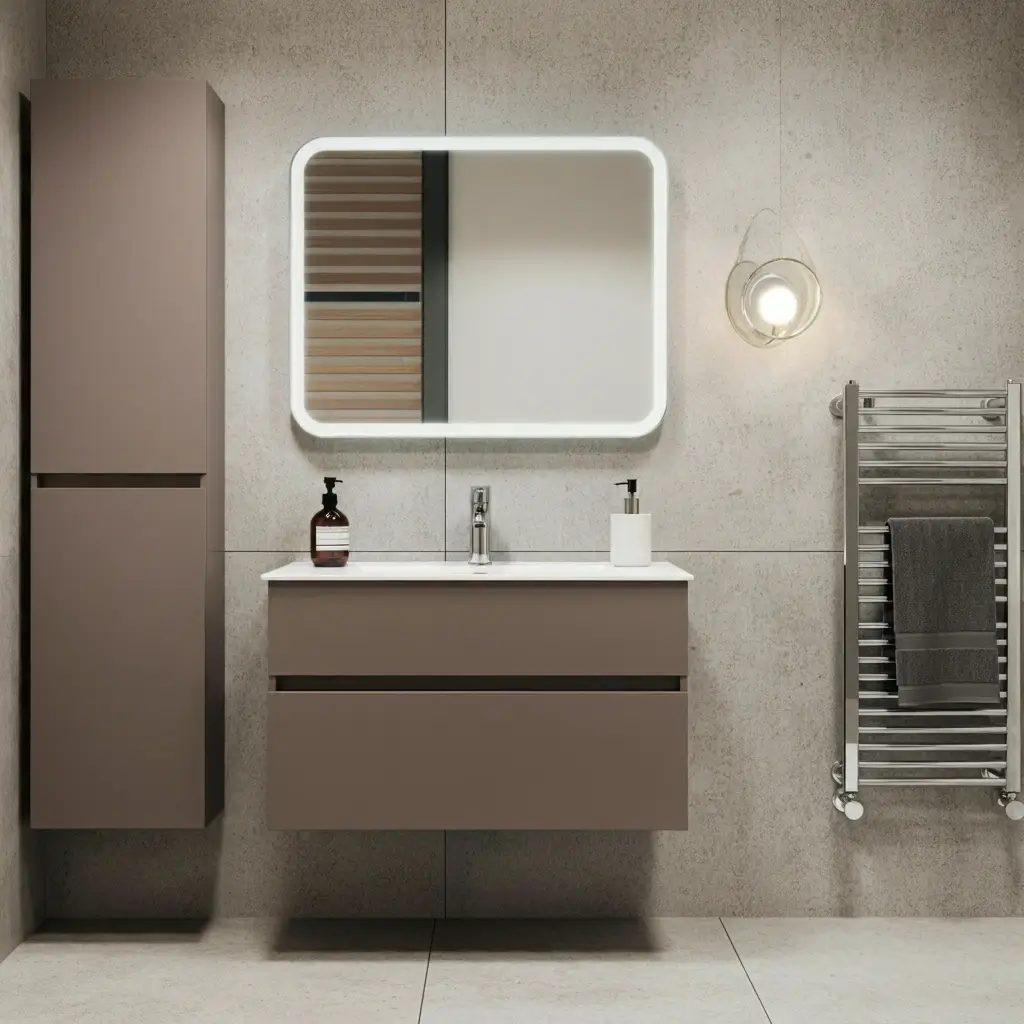When it comes to bathroom design, one of the most transformative elements you can introduce is bathroom tile. The type of tile you choose has the potential to set the tone for the entire space. From sleek and modern to warm and rustic, the variety of bathroom tile options is nearly endless, and each type brings its own unique features to the table. This section will explore the most popular types of bathroom tile, diving deep into their characteristics, benefits, and how they can influence the overall aesthetic of your bathroom.
1. Ceramic Tile: A Classic with Versatility
Ceramic tiles are among the most commonly used bathroom tile options. They are versatile, affordable, and come in an array of colors, sizes, and finishes. If you’re someone who enjoys experimenting with design but wants to stick to a budget, ceramic tile might just be your best bet. One of the standout features of ceramic tile is its glazed surface, which makes it resistant to water and stains—an essential quality in a bathroom setting.
On a recent project, I recommended ceramic bathroom tile to a client who wanted to combine both durability and style without breaking the bank. The tile’s ability to mimic more expensive materials, like natural stone, allowed us to achieve a high-end look at a fraction of the cost. Plus, the ease of installation made it perfect for a quick, hassle-free renovation.

Pros:
- Affordable
- Easy to clean and maintain
- Available in a wide variety of designs
- Moisture-resistant
Cons:
- Can be slippery if not properly textured
- Less durable than some natural stone options
Whether you’re opting for a simple monochrome layout or a colorful mosaic, ceramic bathroom tile gives you plenty of design flexibility.
2. Porcelain Tile: Durability Meets Elegance
Porcelain is a premium choice when it comes to bathroom tile. It’s often considered a more refined version of ceramic, as it is denser, more durable, and less porous. This makes it an excellent choice for high-moisture areas like showers or bathroom floors. Porcelain tile can also imitate other materials like marble, wood, and even concrete, offering endless aesthetic possibilities.
I’ve worked on a project where porcelain bathroom tile was the star of the show. The homeowner wanted a bathroom that felt modern yet timeless, so we opted for large-format, marble-look porcelain tiles on the walls and floor. The result was nothing short of stunning: the elegance of marble with none of the upkeep. The homeowner was thrilled with how luxurious the space felt, while also being highly practical.

Pros:
- Highly durable and resistant to wear
- Water- and stain-resistant
- Mimics the look of natural materials like stone and wood
- Ideal for high-traffic areas
Cons:
- More expensive than ceramic tile
- Heavier and more difficult to install
If you’re aiming for a high-end look with minimal maintenance, porcelain bathroom tile is a fantastic investment.
3. Glass Tile: A Splash of Elegance and Light
For those who want to make a bold statement, glass bathroom tile offers a brilliant way to add sparkle and dimension to your space. Glass tiles are commonly used for backsplashes, accent walls, and even shower enclosures because of their reflective surface, which can make a bathroom feel brighter and more spacious.
I remember working with a client who had a small, windowless bathroom. To create the illusion of more light, we opted for glass bathroom tile in a pale blue hue. The reflective quality of the glass made the space feel more open and airy, while the cool blue added a serene, spa-like vibe. It was a transformative project that showed just how much the right tile can elevate a room.

Pros:
- Reflective surface brightens up spaces
- Easy to clean and maintain
- Available in a variety of colors and styles
- Can be used to create artistic mosaics
Cons:
- Can be more expensive than other tile types
- Susceptible to scratches and chips if not handled carefully
If you’re aiming for a sleek, modern look with a bit of glamour, glass bathroom tile is an excellent choice, especially in smaller bathrooms where light is limited.
4. Natural Stone Tile: Timeless Beauty with Character
Nothing beats the organic beauty of natural stone when it comes to bathroom tile. Whether it’s marble, travertine, slate, or granite, natural stone brings an earthy, luxurious feel to any bathroom. The unique veining and texture of stone tiles ensure that no two tiles are alike, giving your bathroom a one-of-a-kind look.
I once worked on a master bathroom remodel where the homeowner was adamant about using marble bathroom tile. Despite its reputation for being high-maintenance, we decided to use it because of its timeless beauty. We sealed the marble properly to protect it from stains, and the final look was breathtaking. The soft veining of the marble added a touch of elegance and sophistication that no other material could have provided.

Pros:
- Unique, natural beauty
- Increases property value
- Durable and long-lasting when properly maintained
Cons:
- Expensive
- Requires regular sealing to protect against moisture and stains
- Can be slippery when wet
Natural stone is ideal if you’re aiming for a luxurious, timeless aesthetic, but be prepared for a bit more maintenance to keep it looking pristine.
5. Luxury Vinyl Tile: Affordable and Stylish
Luxury vinyl tile (LVT) has made a big splash in the world of bathroom tile in recent years. Thanks to technological advancements, LVT can now mimic the look of wood, stone, and ceramic at a fraction of the cost. It’s also waterproof, making it a smart choice for bathroom floors and walls. Not only is LVT budget-friendly, but it’s also softer underfoot compared to ceramic or porcelain, which can be a big plus for families with young children or elderly members.
In one project, a family was looking for a stylish yet affordable solution for their bathroom remodel. We chose luxury vinyl tile in a wood-look finish, and they were thrilled with how warm and inviting the space felt. Plus, the installation was quick and painless, allowing them to start using their new bathroom in no time.

Pros:
- Budget-friendly
- Easy to install
- Waterproof and durable
- Mimics the look of natural materials
Cons:
- May not be as durable as ceramic or porcelain in the long term
- Not as heat-resistant
Luxury vinyl tile is a fantastic option for those who want the look of wood or stone without the hefty price tag or maintenance requirements.
6. Mosaic Tile: The Art of Personalization
If you’re looking to add a personal touch to your bathroom, mosaic bathroom tile offers endless possibilities. These small tiles come in a variety of shapes, colors, and materials, making them perfect for creating intricate patterns and designs. Mosaics are often used as accent pieces on walls, floors, and backsplashes, but they can also be used to cover larger surfaces for a bold, artistic look.
In one of my favorite projects, a client wanted a truly unique bathroom that reflected their love for art and creativity. We used mosaic bathroom tile to create a stunning underwater scene on the shower wall. The vibrant blues, greens, and whites of the tiles captured the movement of water, while the tiny glass pieces shimmered like sunlight hitting the ocean’s surface. It was a work of art that transformed the bathroom into a personal retreat.

Pros:
- Highly customizable
- Adds a personal, artistic touch
- Available in a wide variety of colors and materials
Cons:
- Time-consuming to install
- Can be more expensive due to intricate designs
If you’re someone who loves to express your individuality through design, mosaic bathroom tile is a wonderful way to create a one-of-a-kind space.
Conclusion: The Transformative Power of Bathroom Tile
No matter what type of bathroom tile you choose, it’s clear that the right tile can completely transform your space. From the classic appeal of ceramic and porcelain to the unique beauty of natural stone and mosaics, each type of bathroom tile offers its own distinct advantages. Whether you’re redesigning a small powder room or a luxurious master bathroom, understanding the characteristics of different tile types will help you make an informed decision that enhances both the functionality and aesthetics of your space.
When selecting your bathroom tile, consider not only the look you want to achieve but also the practical aspects like durability, water resistance, and maintenance. Mixing and matching different types of tiles can also add depth and interest to your design, creating a space that feels cohesive yet dynamic.
Ultimately, the best bathroom tile is one that reflects your personal style while meeting the practical needs of your bathroom. So, whether you’re drawn to the sleek elegance of porcelain, the vibrant colors of glass, or the timeless beauty of natural stone, remember that your choice of tile will play a key role in shaping the overall feel of your bathroom.



